I would like to create a historical dataset on which I would like to add all NEW records of a dataset.
For NEW records I mean new records or modified records: all those that are the same for all columns except the 'reference_date' one.
I insert here the piece of code that allows me to do it on all columns, but I can't figure out how to implement the exclusion condition of a column.
Inputs:
historical (previous):
| ID | A | B | dt_run |
|---|---|---|---|
| 1 | abc | football | 2022-02-14 21:00:00 |
| 2 | dba | volley | 2022-02-14 21:00:00 |
| 3 | wxy | tennis | 2022-02-14 21:00:00 |
input_df (new data):
| ID | A | B |
|---|---|---|
| 1 | abc | football |
| 2 | dba | football |
| 3 | wxy | tennis |
| 7 | abc | tennis |
DESIRED OUTPUT (new records in bold)
| ID | A | B | dt_run |
|---|---|---|---|
| 1 | abc | football | 2022-02-14 21:00:00 |
| 2 | dba | volley | 2022-02-15 21:00:00 |
| 3 | wxy | tennis | 2022-02-01 21:00:00 |
| 2 | dba | football | 2022-03-15 14:00:00 |
| 7 | abc | tennis | 2022-03-15 14:00:00 |
My code which doesn't work:
@incremental(snapshot_inputs=['input_df'])
@transform(historical = Output(....), input_df = Input(....))
def append(input_df, historical):
input_df = input_df.dataframe().withColumn('dt_run', F.to_timestamp(F.lit(datetime.now())))
historical = historical.write_dataframe(dataset_input_df.distinct()\
.subtract(historical.dataframe('previous', schema=input_df.schema)))
return historical

